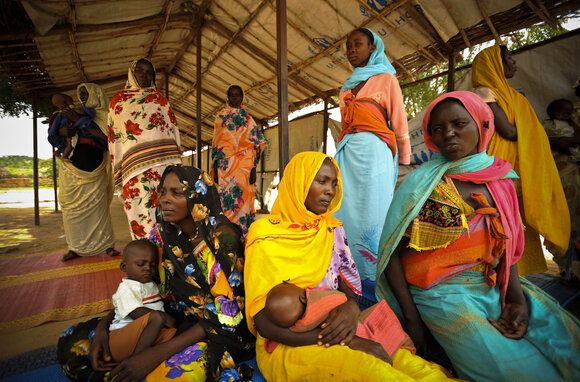
This page contains documents and other resources related to children's care in Africa. Browse resources by region, country, or category. Resources related particularly to North Africa can also be found on the Middle East and North Africa page.
This page contains documents and other resources related to children's care in Africa. Browse resources by region, country, or category. Resources related particularly to North Africa can also be found on the Middle East and North Africa page.
Displaying 171 - 180 of 2567
A bill seeking to repeal Gambia's ban on female genital mutilation (FGM) was presented in the West African country's parliament on Monday and will be discussed by lawmakers later this month. Former president Yahya Jammeh banned the practice in 2015 and introduced steep fines and jail sentences for perpetrators.
This is the monthly update of the Eastern and Southern Africa Regional Learning Platform published in February 2024.
The objective of this guidance is to provide a ‘how-to’ guide on developing a county-level investment case for care reform in Kenya.
Lumos is seeking to hire a Country Director to lead the Kenya country office whilst ensuring that the management and quality of the programme remains at a high standard.
This is a program evaluation of Agape Children's Ministry's Family Strengthening Programme in western Kenya that works to reunite children from the streets with their families.
This is a corporal punishment country report for Guinea-Bissau. While prohibition of corporal punishment is still to be achieved in the home and day care, the Child Protection Code 2021 of Guinea-Bissau prohibits corporal punishment in alternative care settings, schools and in penal institutions.
ACERWC released a study on the structures and functions of NHRIs on child protection to assess how child rights issues are incorporated in their mandates. The study identifies challenges and proposes areas to strengthen collaboration.
This chapter is part of the "Research Handbook on Migration, Gender, and COVID-19" and explores the gender and youth dimensions of return from GCC States to the East Africa subregion, focusing on three countries: Uganda, Kenya and Ethiopia.
Many young orphans in Zimbabwe grow up in residential care facilities, but according to governmental policies and literature in this field, these children should be transitioned to extended families to ensure optimal development. This article provides empirically derived insights to the inner experiences of the transition processes of five young orphans and their extended family members, two residential care administrators, and one social worker.
This longitudinal study uses a causal effect model to examine, through decomposition, the relationship between care environment and HIV risk factors in orphaned and separated adolescents and youths (OSAY) in Uasin Gishu County, Kenya; considering resilience, social, peer, or family support, volunteering, or having one’s material needs met as potential mediators. The authors analysed survey responses from 1105 OSAY age 10–26 living in Charitable Children’s Institutions (CCI) (orphanages) and family-based care settings (FBS).